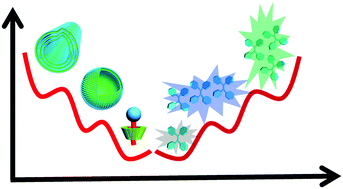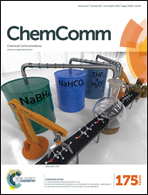Kinetic trapping – a strategy for directing the self-assembly of unique functional nanostructures
Abstract
Supramolecular self-assembly into various nano- or microscopic structures based on non-covalent interactions between molecules has been recognized as a very efficient approach that leads to functional materials. Since most non-covalent interactions are relatively weak and form and break without significant activation barriers, the thermodynamic equilibrium of many supramolecular systems can be easily influenced by processing pathways that allow the system to stay in a kinetically trapped state. Thus far, kinetic traps have been found to be very important in producing more elaborate structural and functional diversity of self-assembled systems. In this review, we try to summarize the approaches that can produce kinetically trapped self-assemblies based on examples made by us. We focus on the following subjects: (1) supramolecular pathway dependent self-assembly, including kinetically trapped self-assemblies facilitated by host–guest chemistry, coordination chemistry, and electrostatic interactions; (2) physical processing pathway dependent self-assembly, including solvent quality controlled self-assembly, evaporation induced self-assembly and crystallization induced self-assembly.

- This article is part of the themed collection: Host–guest chemistry

 Please wait while we load your content...
Please wait while we load your content...